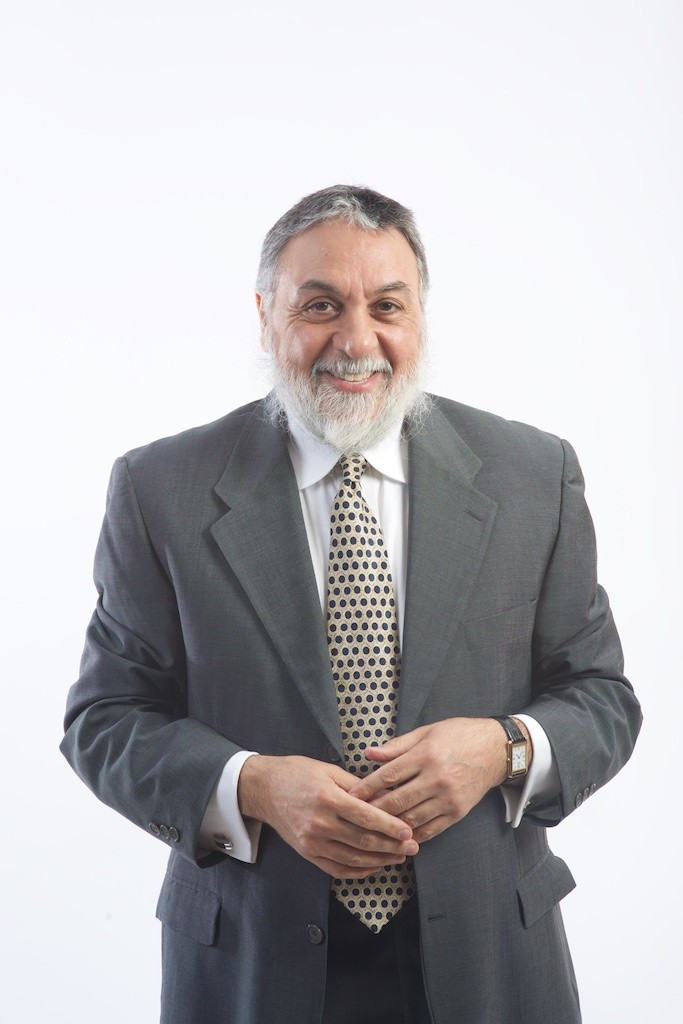MULTIDISCIPLINARY PRACTICES
Law, rules and regulations, not Alerts, specify the requirements for practice and violating them constitutes professional misconduct. Not adhering to this Alert may be interpreted as professional misconduct only if the conduct also violates pertinent law, rules and regulations, some citations of which are listed at the end of this Alert.
The health care professions constantly evolve. A variety of forces, sometimes in competition with one another, continue to shape and reshape the methods, procedures and the manner in which health care is provided to the public.
The practitioners who provide the care within that environment also must evolve in terms of knowledge, competencies and techniques. Change poses both opportunity and challenge in ensuring provision of care by competent, knowledgeable, and ethical professionals.
One change emerging in the contemporary practice environment is the increased collaboration of licensees from various professions practicing outside of organized facility settings (i.e., settings regulated by the State Department of Health). Most notably, licensees in the professions of medicine and chiropractic have begun to converge for the expressed purpose of delivering comprehensive services to patients whose conditions warrant a joint approach.
Collaborative arrangements between professionals have the potential for providing effective care in a convenient delivery system for patients. It is important, however, that all licensees participating in the collaboration uphold their respective professional responsibilities.
You should be aware of the following considerations when practicing or contemplating a practice with licensees from other professions:
Scope of Practice
• Practice only within the scope of your license.
• Refuse any delegation of responsibilities by your employer that is outside the scope of your chiropractic license.
• Only delegate duties and responsibilities that require a license in chiropractic or any other profession to a person who is duly licensed.
Professional Practice Entities and Employing Licensees
• Avoid employing licensees in medicine or being the controlling entity in a practice with licensees in medicine or any other profession authorized to perform procedures beyond the scope of your chiropractic license, which includes physical therapy or nursing. With the exception of medicine, dentistry and veterinary medicine, the law allows for licensees in health professions to form a Professional Limited Liability Company (PLLC) or Partnership (PLLP) together as a multidisciplinary practice. It is advisable to seek legal counsel on the formation and operation of such entities to ensure compliance with the law.
• You may hire licensed massage therapists, certified nutritionists or certified dieticians to work in your practice as employees, since your license authorizes you to perform the services provided by these practitioners.
• Remember, you are responsible for the acts of all your employees and staff, licensed and unlicensed.
• If you own a professional practice, you are responsible for overseeing the patient care provided by all associates, other licensees, technicians, and everyone else employed in your practice. If you are an employee of another licensee, chiropractor or physician, it is the employer who bears ultimate responsibility for overseeing the patient care provided in that practice. Therefore, while you remain responsible for the direct care you provide to patients, “absentee owners” may be subject to professional misconduct violations, as well.
Referrals
• Avoid making direct referrals to physical therapists since they are authorized to practice only on referrals from physicians, dentists, podiatrists or nurse practitioners. If you feel your patient may benefit from services provided by a physical therapist, inform your patient of the referral requirement. You may assist him or her to locate a licensed professional who can make a direct referral.
Collaborating with Physicians
• If you are offered a position in a medical practice, remember that the owner/physician must have some level of professional competence in the services you will be providing. As the practice owner, the physician is responsible for appropriately identifying patients you may be able to help, how you can help them, what contraindications there may be to your services, and what outcomes to expect so your work may be monitored. Be sure the owner/physician of the practice is trained as an osteopath, physiatrist, or orthopedic specialist, or has had additional training in manual therapy before accepting an offer of employment in such practice.
• You may not work for or with a physician as an independent professional sub-contractor or consultant (see “fee-splitting” cited at the end of this Alert). If you are employed by a physician, you cannot be authorized to “direct patient care” or be given “complete control” over patients in that medical practice beyond your scope as a Doctor of Chiropractic. However, you remain responsible for the chiropractic care you provide patients. If your physician employer directs you to do something contrary to your clinical judgment, you should exercise that judgment in resolving the directive with your employer.
Source: http://www.op.nysed.gov




